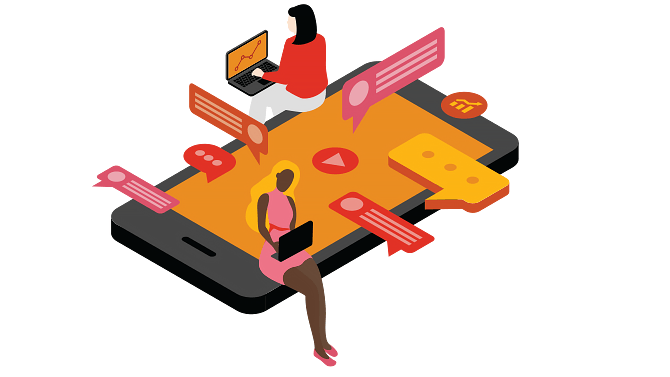

From customer experience to total experience: the next evolution in commerce
Discover the future of engagement. With the power of GenAI, a total experience (TX) strategy can transform every touchpoint to be tailored and impactful.
The pandemic has upended every aspect of our lives–not just how we work and live, but also how we shop. More recently, e-commerce is going through a fundamental shift as what people expect and experience in all shopping environments—physical and digital—is changing. PwC's recent Global Consumer Insights Pulse Survey found that consumers are empowered by technology and are more digital and data-conscious than ever. Critically, consumer brand loyalty has become increasingly dependent upon that brand having a frictionless digital experience in a world of disruptions.
Optimism about economic growth has fallen to near-record lows; according to PwC's 2023 Annual Global CEO Survey, 73% of CEOs expect global economic growth rates to decline in the next year. Retrenchment is becoming common as executives search for strategies back to normalcy and growth. But how do you drive growth in an economy that isn’t growing?

The bar for customer experience has been raised higher than ever, and that movement has brought new technology challenges along with it. E-commerce businesses today face two major issues.

A path to solve both of these problems simultaneously is available, thanks to an emerging hybrid business model known as headless commerce. By deploying headless commerce, organizations can increase engagement with their customers by creating new sales channels without having to worry about scalability issues.


Discover the future of engagement. With the power of GenAI, a total experience (TX) strategy can transform every touchpoint to be tailored and impactful.


Enhance multi-channel operations with SAP's S/4 HANA to help address inventory needs, balance shipping costs and improve the customer experience.


PwC enables SAP solutions to meet desired business outcomes, leveraging years of implementation experience and co-innovation of new technologies.


Build sustainable revenue models that align with your organization’s goals, and help implement technology solutions to make the most of business models.